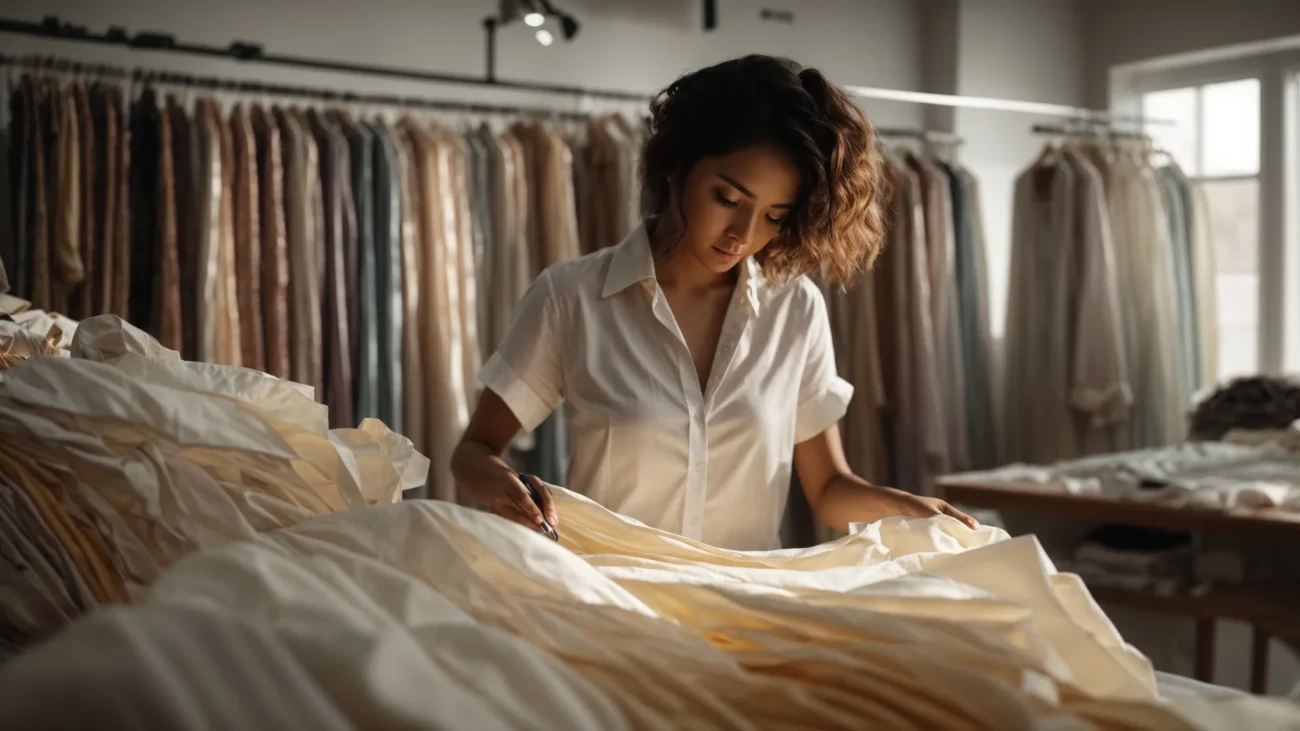As the world spins into another year, the fashion industry unveils its latest trends, setting the stage for what’s to come in 2024. From innovative materials that underline sustainability to the infusion of technology into everyday wear, the landscape of fashion is evolving rapidly. Gender neutrality and vintage revivals are also making significant statements, while social media continues to reshape how trends are born and propagated. Below, we delve into the most captivating trends redefining the style sphere this year.
Sustainability Eco Friendly Materials and Practices in Fashion Design

The fashion industry’s impact on the environment has spurred a movement towards sustainability that is stronger than ever in 2024. Designers and brands are adopting eco-friendly materials, such as organic cotton, recycled polyester, and Tencel, which have less environmental footprint than traditional fabrics. Innovative practices include water-saving dyeing techniques and zero-waste production methods.
In addition to materials and production processes, sustainability also encapsulates the entire lifecycle of a garment. Fashion labels are emphasizing durability and timelessness over fast-fashion disposability, encouraging consumers to invest in pieces that outlive trends. Some brands even offer repair services to extend the life of their garments, thus reducing waste.
Incorporating eco-consciousness into one’s wardrobe has never been easier, with a plethora of options becoming available. Browsing the latest Nouveautes showcases how the new wave of sustainable fashion doesn’t compromise on style while catering to an environmentally aware audience.
The Rise of Wearable Technology and Smart Fashionable Fabrics

The intersection of fashion and technology is producing garments that not only look good but also perform functions previously unimaginable. Wearable tech in 2024 has expanded beyond fitness trackers to include smart fabrics that can change color, regulate temperature, and even monitor health metrics.
High-tech fashion is not limited to functionality; it also offers personalization. LED displays and e-ink panels incorporated into clothing allow individuals to update their look with the touch of a button. This tech-savviness is appealing to a demographic that values customized experiences and digital integration.
Despite the complexity behind these innovations, smart garments are designed with user-friendliness in mind. Seamlessly integrating technology ensures that style remains at the forefront while providing added value to tech-conscious consumers. Fashion tech startups are constantly emerging, pushing the boundaries of what’s possible in wearable technology.
Gender Fluidity in Fashion Breaking down the Binary in 2024 Styles
The concept of gender in fashion is undergoing a revolution, with 2024 showcasing a strong trend towards gender-fluid and unisex designs. The rigid lines that once separated menswear and womenswear are blurring, leading to a more inclusive and versatile fashion landscape.
Designers are increasingly dropping the gender labels from their collections, opting instead for themes that can be embraced by anyone, regardless of gender identity. This shift reflects a growing societal acceptance of diverse gender expressions and a move towards personal style over prescribed norms.
From the runways to retail, the gender-fluid trend is gaining traction. Oversize silhouettes, mixed textures, and a hybrid of traditionally masculine and feminine elements are characteristic of this trend, offering a fresh take on personal adornment.
The Impact of Social Media on Fashion Trends: Influencer-Driven Stylesx
Social media’s role in fashion has grown exponentially, with influencers now at the forefront of trendsetting. In 2024, Instagram, TikTok, and other platforms continue to shape what people wear, often at a speed that outruns traditional fashion cycles. Influencers collaborate with brands to create ‘Insta-worthy’ looks that can go viral overnight.
User-generated content (UGC) and influencer marketing have made fashion more democratic. No longer are trends dictated solely by high-fashion houses; instead, they can originate from anyone with a strong social media presence and a keen sense of style. This has led to an upsurge in micro-trends that cater to a diverse audience.
The conversation isn’t just about clothes—social media has become a platform for discussing the broader narratives that encompass fashion, from body positivity to ethical consumption. This open discourse shapes not only what is fashionable but also cultivates what the industry stands for.
Overall, the fashion trends of 2024 are marked by a blend of technological innovation, shifts in societal norms, and a revival of the past, all of which are accentuated by the digital era’s influence. These trends reflect a growing desire to express individuality and a responsible ethos, reshaping the beauty in fashion world into one that is ever more inclusive, conscious, and connected.

